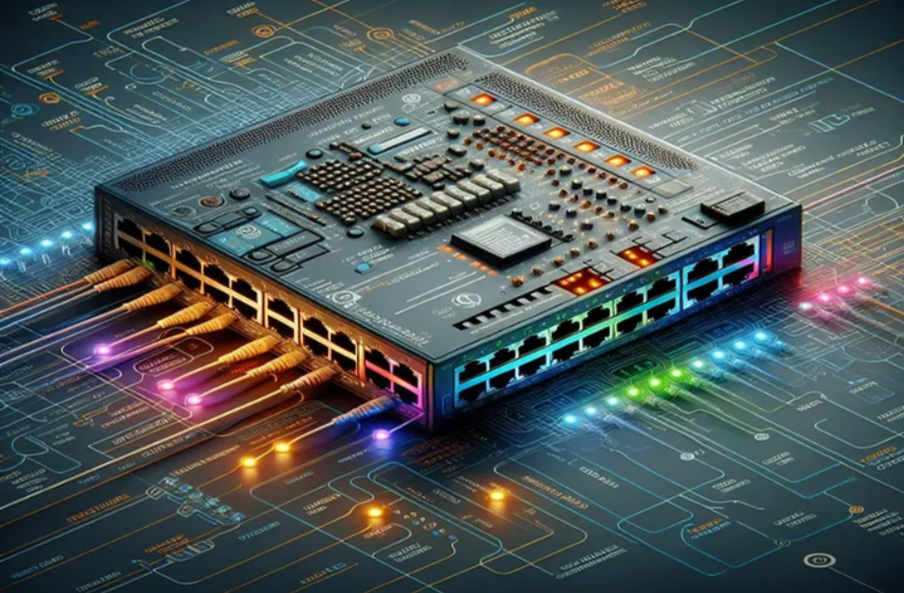
Ensuring network security is paramount in today’s digital environment. One crucial component of this is properly configuring your network switches. This comprehensive guide will walk you through the process, ensuring your network is secure and efficient.
Part 1: Understanding the Importance of Network Switches
Network switches are critical components of any data center. They enable devices to communicate with each other and ensure the smooth transmission of information. They manage network bandwidth, prevent network overload, and enhance security by safeguarding networks from unauthorized access.
Part 2: Key Considerations Before Purchasing a Network Switch
Before buying a network switch, consider the following factors:
- Capacity: Switches vary significantly in terms of the expandability they offer. More advanced, modular switches can be easily configured for better port configuration and are simpler to use.
- Speed: Choose the right switch depending on your network’s data traffic level.
- Monitoring and Management: Managed and unmanaged switches differ in how they help piece a network together. Larger, complex networks require switches with advanced features to support VLAN, QoS, and SNMP.
- PoE Features: If you have PoE-enabled devices on your network, consider a switch with PoE capabilities.
- Pricing: The cost of switches depends on the features they offer and how well they fit within a network. Choose a switch that meets both your performance and budget requirements.
Part 3: Initial Configuration Steps
When setting up a new switch, follow these steps:
- Inspect Your Hardware: Check the model number of your switch, ensure the device and connected cables are damage-free, and verify that all indicator lights are working.
- Set Up Management IP: Assign an IP address on the management VLAN and set a standard naming convention for your switch.
- Check VTP Revision Number: The VTP revision numbers determine which updates to use in a Virtual Trunking Protocol (VTP) domain. It’s crucial to reset these numbers to zero before adding your switch to the network.
Part 4: Configuring Access and Trunk Ports
To ensure optimal performance, configure access and trunk ports appropriately. You can use templates for access port configuration and switch port mode trunk for trunk port configuration.
Part 5: Configuring Access Port Security
After performing basic network switch configurations, generate RSA keys to be used during the SSH process. Set the enable password using the enable secret password command.
Part 6: Setting Up VTY Line Configuration
Set up VTY line configuration. You can easily input these values if you haven’t set the console line yet.
Part 7: Finishing Touches
After setting up, test your access, reload the switch, and ready the cables. Once completed, label your switch, rack it up, and enjoy a network setup free from configuration hassles!
Part 8: Ensuring Network Posture with Highly-Configured Switches
Properly configured switches are essential for a high-performance network. Poorly configured switches can result in slower network speeds, packet drops, and other functionality issues.
Part 9: Configuring Switches for Optimal Performance
For optimal performance, consider inspecting your hardware, configuring VLANs, configuring QoS, setting up link aggregation, applying Spanning Tree Protocol (STP), enabling port security, and configuring trunking.
Part 10: Configuring Port Security
Port security is a vital feature to safeguard your network from malicious attacks. It restricts access to specific switch ports. While configuring your switch to enable port security, remember to add settings like MAC address filtering and ranges for maximum allowed devices.
Part 11: Conclusion
Configuring a network switch for optimal performance requires careful inspection and adjustment of settings. By following the guidelines in this article, you can ensure your network performs at its best, making your data more secure and your operations more efficient.
Remember, security is a journey, not a destination. Regularly review and update your configurations to keep up with evolving security threats and best practices.